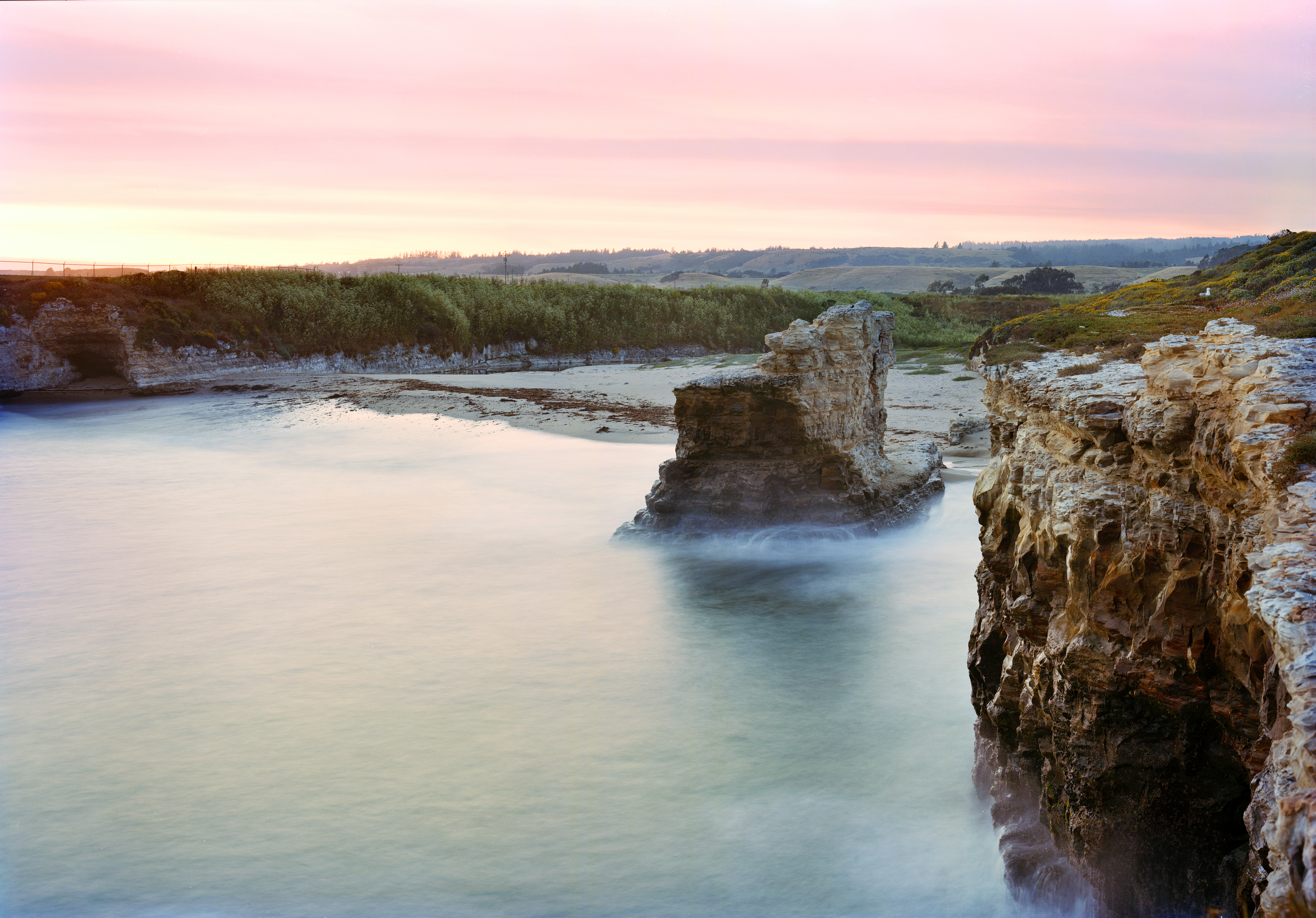The University of California Natural Reserve System (NRS) is a unique assemblage of 41 protected wild land sites throughout California. The reserves encompass nearly all of the state's major ecosystems, preserved in as undisturbed a condition as possible to support University-level research and teaching programs. The four NRS sites that form the UC Santa Cruz unit are spread along 60 miles of the central coast: Año Nuevo Island Reserve (25 acres), Landels-Hill Big Creek Reserve (4,200 acres), Fort Ord Natural Reserve (606 acres), Younger Lagoon Reserve (72 acres). The UCSC NRS also administers the UCSC Campus Natural Reserve (400 acres).

Younger Lagoon Reserve
Photo Credit: Christopher Woodcock
Younger Lagoon Reserve (YLR) represents a unique reserve within the UCSC’s Natural Reserve portfolio. One of the few relatively undisturbed wetlands remaining on the California Central Coast, the Younger Lagoon Reserve encompasses a remnant Y-shaped lagoon on the open coast just north of Monterey Bay. The lagoon system provides protected habitat for 100 resident and migratory bird species. Reserve habitats include salt and freshwater marsh, coastal strand, backdune pickleweed flat, steep bluffs with dense coastal scrub, pocket beach, grassland, seasonal wetlands and dense willow thickets. The location of the reserve (directly adjacent to UCSC’s Marine Science Campus on the urban westside of town) provides unparalleled opportunities for students to learn about the environment, implement field projects, obtain hands-on experience, and become actively involved in research and stewardship projects. As a result, the Reserve serves as an outdoor classroom and living laboratory for hundreds of UCSC students and dozens of faculty on an annual basis. Additionally, a portion of the reserve has also become an informal recreational resource, highly valued and much used by campus and local community members.
YLR staff and student interns are working to restore approximately 47 acres of former agricultural land to native grassland, scrub and seasonal wetland habitats over a 20-year period. These lands were farmed for nearly 70 years, and restoration efforts require extensive weed control, propagation of native plants, planting and maintenance efforts (similar to farming or gardening, but in a wild-land setting). Each quarter, the reserve sponsors dozens of undergraduate interns who participate in all aspects of restoration and stewardship activities.
Undergraduates participate as volunteers and research assistants in multiple projects. Contact the program for current opportunities. Projects include:
- Native habitat restoration- Restoration of 47 acres of former agricultural land to native coastal prairie, scrub, and seasonal wetland habitats; much of this work is performed by UC Santa Cruz undergraduates.
- Effects of native habitat restoration on vegetation communities and resident and migratory wildlife.
- Water-quality monitoring of lagoon and seasonal wetlands.
Contact: Elizabeth Howard
Keywords: Monterey Bay; coastal habitat; habitat restoration; water-quality monitoring; wildlife; intern; credit
Motivated students of any major eager to engage in hands-on-experiential learning and field research. Prior experience with plant and/or animal identification is helpful, though not mandatory.